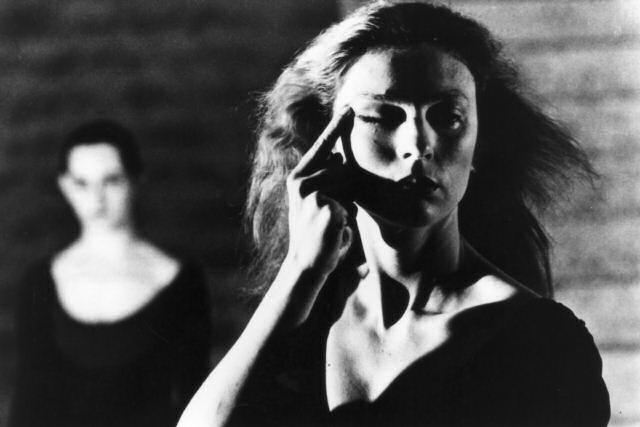
© Pierre Fabris
Extracted from the distant quarry of Mont Porphyrites, that used to stand in the Egyptian desert, and known today as the Ghebal Dokhan, The Ancient Red Phorphyre has fascinated Architects and sculptors for ages.
The perfect hard stone, sacred stone, magical stone that was said to keep away earthquakes and other tragedies, and, in Ancient Rome, was used for the Emperor’s glorification and deification; a law limiting it’s purpose to Gods, the Emperor and his family, and imperial constructions.
In 457 after Christ, we stopped importing them, for reasons that remain unknown. We suspect a bad relationship with Constantinople, or more simply that the quarry emptied out. From then on, restoration could only be done by borrowing, or even tearing off pieces from older works.
During the Middle Ages, because of its hardness and the lack of appropriate techniques, this stone became obsolete. But it is because of this hardness, it’s splendour, it’s resistance to atmospheric changes that the artists from the Renaissance called it the perfect stone.
Marble in general has been fascinating to Men. For ages they have captured shapes, breasts, angels. They have built huge pieces, embroidering friezes, engraving names, dates, and secrets.
But what I also know, maybe even better is routine, the anonymous, forgotten under the marble and stone, escorting them like a shadow, nameless shadows, light, carnal, our memory’s abandoned shadows, shadows of the Ancient Red.